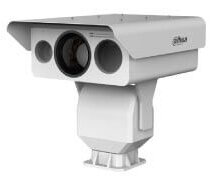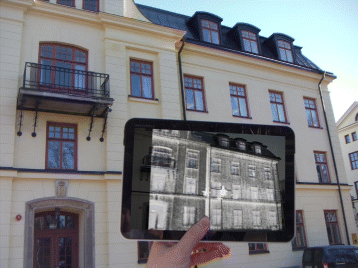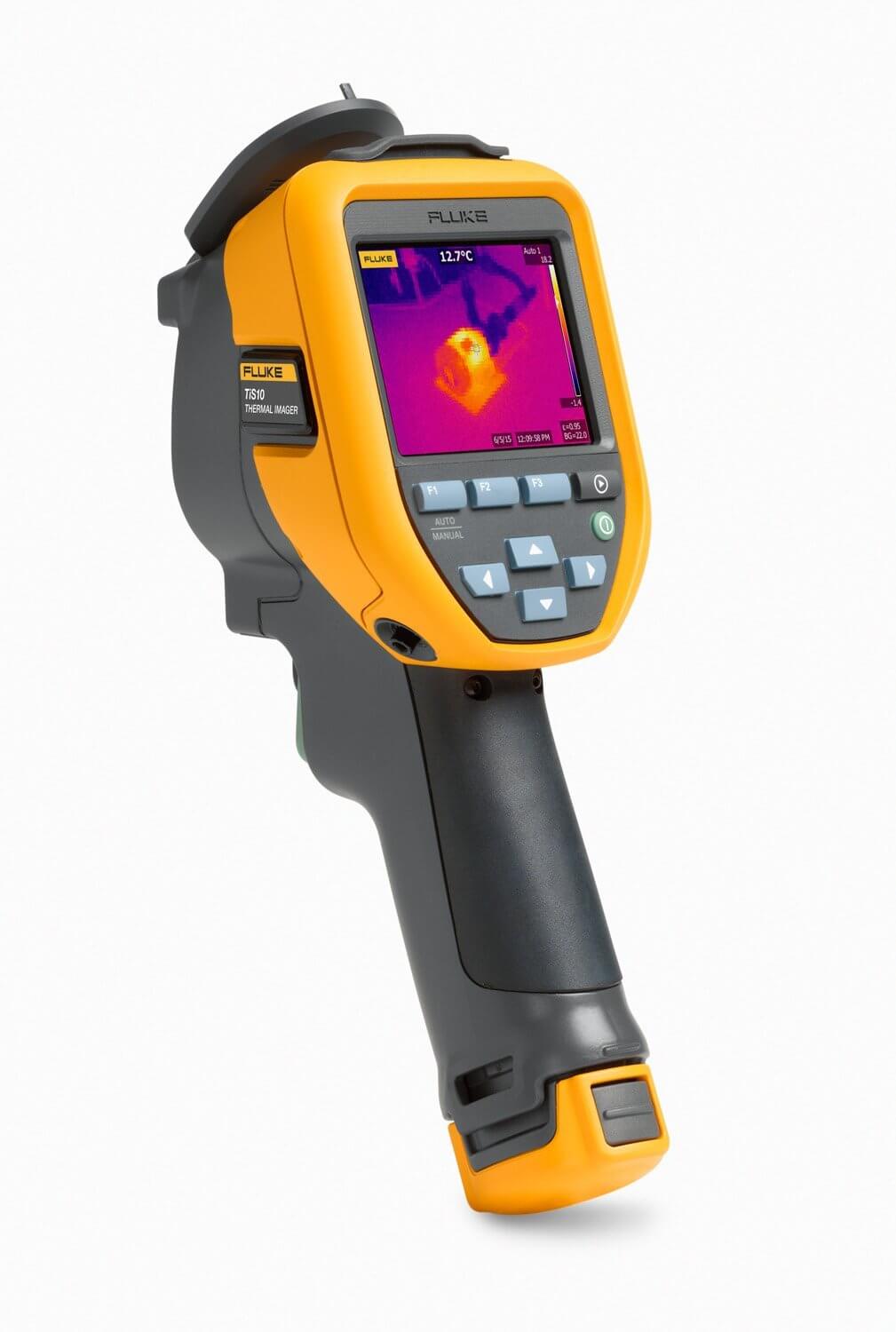Thermal imaging cameras are imaging devices similar to a conventional digital camera. However, instead of visible light, they receive heat radiation, i.e. infrared radiation between 3.5 and 15 medium and long-wave infrared. This allows the temperature distribution of the recorded area to be depicted. The technical term for this method is thermography.
Thermal Camera
What is Thermal Camera and What Are Its Advantages?
The Advantages of Thermography are Obvious:
You can monitor the temperature distribution of an entire area instead of just a few points like a thermometer.
In complex technical facilities, you can identify areas of elevated temperature before they can develop potential damage.
The measurement is non-contact and is possible even over longer distances, for example in high-voltage power lines.

However, There are a few Disadvantages to These Advantages:
The measuring accuracy is usually worse than 2 percent and thus much lower than with the direct measurement with a thermometer.
You can only measure surface temperatures. By conventional glass panes such as windows, measurements are not possible. In this case, the device displays the surface temperature of the glass.
Strong wind, sunshine or a damp surface have a negative effect on the measuring accuracy.
The frame rate of commercially available thermal imaging cameras is comparatively limited. The detection of fast-moving movements is therefore difficult.
THERMAL CAMERAS ARE CHARACTERIZED BY THEIR SHORT RESPONSE TIME. FOR THE CREATION OF TEMPERATURE “MAPS” THEY OFFER THE OPTIMAL COMPROMISE BETWEEN EFFICIENCY AND PRECISION.
As Part of Building Diagnostics, Thermography is used for the Following Purposes:
Visualization of energy losses
Detection of missing or defective thermal insulation
Detecting moisture in the insulation or the walls, this can lead to mold growth
Detection of construction defects such as flaking plaster or formation of condensation
Localization of thermal bridges and leaks
Functional check of underfloor heating, radiators or photovoltaic systems

Thermography is also used to detect faults in the electrical system. Often, electrical vulnerabilities are not visible to the naked eye. With the help of a thermal imaging camera, you can immediately visualize local overheating on a component. Complete control cabinets and wiring harnesses can be inspected for possible damage in just a few steps. The most common electrical test objects are fuses, switchboards and lighting systems.
The Following Application Areas of the Thermal Imager are Also Worth Mentioning:
Detection of damage to supply and district heating pipes
Farmers can control their farmed fields with machines for hidden animals before harvesting
In security areas for the search for unauthorized persons
Detecting energy guzzlers in the household
The thermal imaging camera is becoming increasingly popular with photo artists
Thermal imaging cameras are used in modern driver assistance systems to make people and animals recognizable even in fog.
With the help of extremely fast and high-resolution thermal imaging cameras, a non-destructive material testing of materials and components can be carried out. For this purpose, the test piece is specifically heated, so that hidden defects can be measured by their different thermal behavior.

